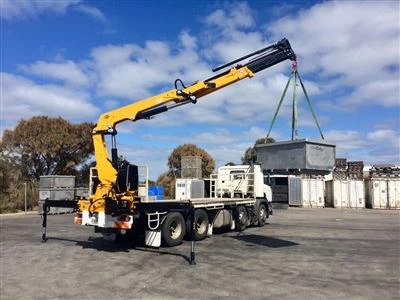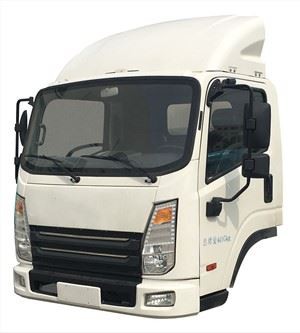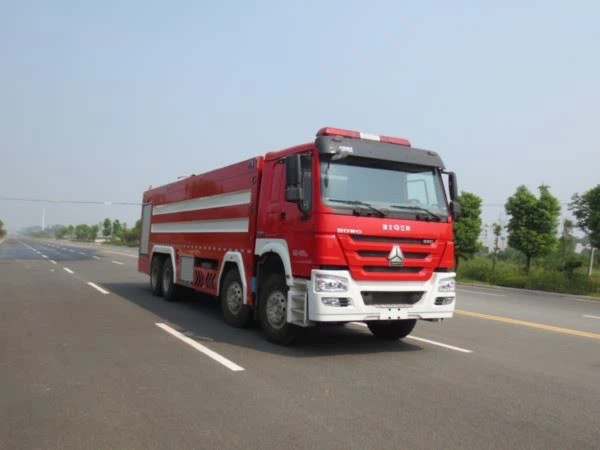15 Ton Crane: A Comprehensive Guide to Specifications, Types, and Applications

Introduction
The 15 ton crane is a vital piece of equipment in various industries, from construction to shipping. With the ability to lift heavy loads efficiently, it plays a crucial role in enhancing productivity and safety on job sites. This article will explore different types of 15 ton cranes, their specifications, applications, and factors to consider when selecting the right one for your needs. By the end of this guide, you will be equipped with all the knowledge necessary to make informed decisions regarding 15 ton cranes.
What is a 15 Ton Crane?
A 15 ton crane is designed to lift and move objects weighing up to 15 tons (approximately 30,000 pounds). The crane’s lifting capacity can vary based on its configuration, design, and the type of materials used. These cranes are commonly used in various applications, including construction, manufacturing, shipping, and more.
Common Features of 15 Ton Cranes
- Lifting Mechanism: Most 15 ton cranes utilize hydraulic or electric systems to achieve their lifting capabilities.
- Boom Length: The boom length can vary, affecting how far and how high the crane can reach.
- Control System: Modern cranes often feature advanced control systems for precision lifting.
- Safety Features: Safety mechanisms, such as overload indicators and emergency stops, are critical for safe operation.
Types of 15 Ton Cranes
1. Mobile Cranes
Mobile cranes are versatile and can move around job sites easily. They are equipped with wheels or tracks, allowing them to navigate rough terrain and tight spaces.
2. Tower Cranes
Commonly used in construction, tower cranes can reach great heights and are fixed to the ground. They are designed for lifting heavy materials to upper stories of buildings.
3. Crawler Cranes
Crawler cranes have tracks instead of wheels, providing excellent stability on uneven surfaces. They are ideal for heavy lifting in construction and excavation.

4. Overhead Cranes
Overhead cranes, also known as bridge cranes, are fixed above the workspace, using a trolley system to move loads along a beam. They are commonly found in factories and warehouses.
5. Telehandlers
Telehandlers combine the features of a crane and a forklift, allowing for both lifting and horizontal movement of loads. They are useful in construction and agricultural settings.
Specifications of a 15 Ton Crane
Lifting Capacity
The key specification of any crane is its lifting capacity. A 15 ton crane can typically lift loads up to 15 tons. However, it is essential to understand the limits based on load radius and boom length, as lifting capacity decreases as the distance from the center increases.
Dimensions
The size and dimensions of a 15 ton crane can vary widely based on its type. For example, mobile cranes may have a compact footprint, while tower cranes require a larger base for stability.
Power Source
15 ton cranes can operate on various power sources, including diesel, electric, and hybrid systems. The choice of power source can affect operational costs and environmental impact.
Safe Operating Load (SOL) Chart
Understanding the Safe Operating Load is vital for safe crane operation. The SOL varies based on different conditions:
| Load Radius (ft) | Lifting Capacity (tons) |
|---|---|
| 5 | 15 |
| 10 | 12 |
| 15 | 10 |
| 20 | 8 |
Applications of 15 Ton Cranes
1. Construction Industry
In the construction industry, 15 ton cranes are indispensable for lifting heavy materials like steel beams, concrete blocks, and precast components. They facilitate faster construction and improve productivity.
2. Manufacturing and Assembly
Manufacturing plants often utilize 15 ton cranes for assembly tasks, moving heavy machinery parts and components throughout the facility.
3. Shipping and Warehousing
In shipping ports and warehouses, these cranes are used to load and unload containers, move pallets, and manage inventory effectively.
4. Oil and Gas Industry
The oil and gas sector employs 15 ton cranes to transport heavy equipment and materials to drilling sites, keeping operations on schedule.
Choosing the Right 15 Ton Crane
1. Assessing Your Needs
Before selecting a 15 ton crane, evaluate your lifting requirements. Consider load type, weight, dimensions, and how often the crane will be used.
2. Site Conditions
Analyze the environment where the crane will operate. Factors such as terrain, space availability, and overhead obstacles play a critical role in determining the most suitable crane type.
3. Budget Considerations

Determine your budget for purchasing or renting a crane. Factor in not only the initial costs but also maintenance, insurance, fuel, and operator training expenses.
Safety Guidelines for Operating 15 Ton Cranes
1. Pre-Operation Inspection
A thorough pre-operation inspection is necessary to identify any issues before lifting. Check hydraulic systems, brakes, and other essential components.
2. Operator Training
Ensure that all operators are trained and certified to handle cranes safely. This includes understanding load dynamics and using the crane’s controls effectively.
3. Load Management
Never exceed the crane’s rated capacity. Understanding load weight and dimensions is crucial for safe lifting operations.
4. Weather Conditions
Be mindful of weather conditions. Wind, rain, or extreme temperatures can significantly impact crane performance and safety.
Maintenance Tips for 15 Ton Cranes
1. Regular Inspections
Perform routine inspections to catch potential problems early. Follow the manufacturer’s recommendations for maintenance schedules.
2. Lubrication
Keep all moving parts well-lubricated to ensure smooth operation and extend the crane’s lifespan.
3. Record Keeping
Maintain detailed records of inspections, repairs, and maintenance activities to track the crane’s condition over time.
Conclusion
With their impressive lifting capabilities and versatility, 15 ton cranes are essential in numerous sectors. By understanding the various types, specifications, applications, and safety considerations, you can make informed decisions when selecting and operating these powerful machines.
FAQs about 15 Ton Cranes
1. What type of jobs require a 15 ton crane?
15 ton cranes are commonly used in construction, manufacturing, shipping, and the oil and gas industry for lifting heavy materials and equipment.
2. Can a 15 ton crane be rented?
Yes, many equipment rental companies offer 15 ton cranes for both short-term and long-term rental periods, making them accessible for various projects.
3. How do I determine the lifting capacity I need?

Evaluate the weight and dimensions of the loads you will be lifting, along with the required reach to determine the right capacity.
4. What safety features should I look for in a crane?
Look for features like overload protection, emergency stop switches, and alarms to ensure safe crane operation.
5. How often should a 15 ton crane be inspected?
Regular inspections should be performed before each use and thoroughly at designated maintenance intervals as recommended by the manufacturer.
6. Are there regulations governing the use of cranes?
Yes, various national and local regulations govern crane operation to ensure safety and compliance. Always check your local laws and guidelines.
